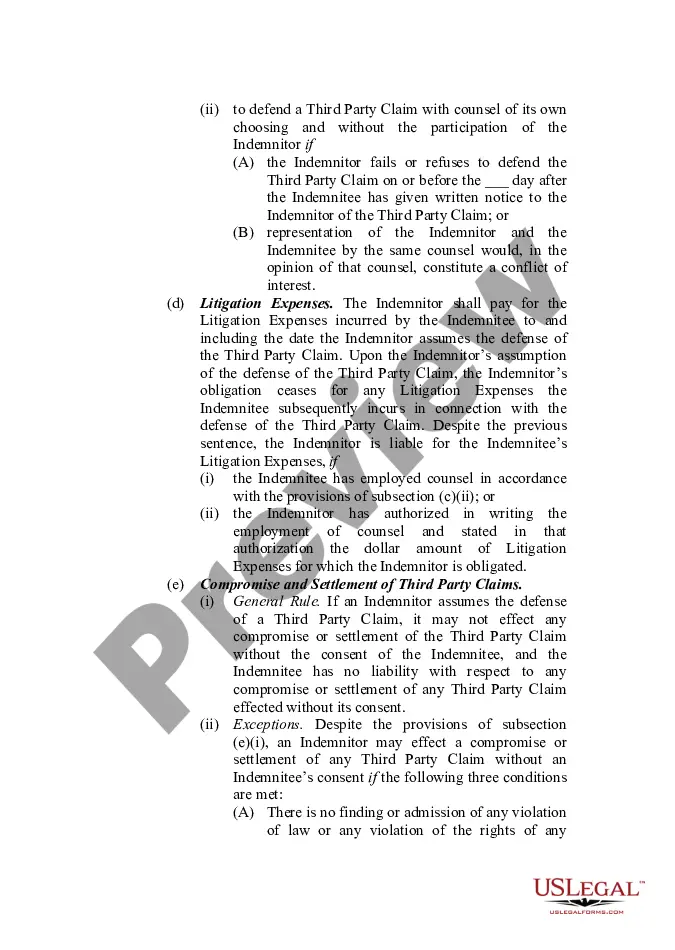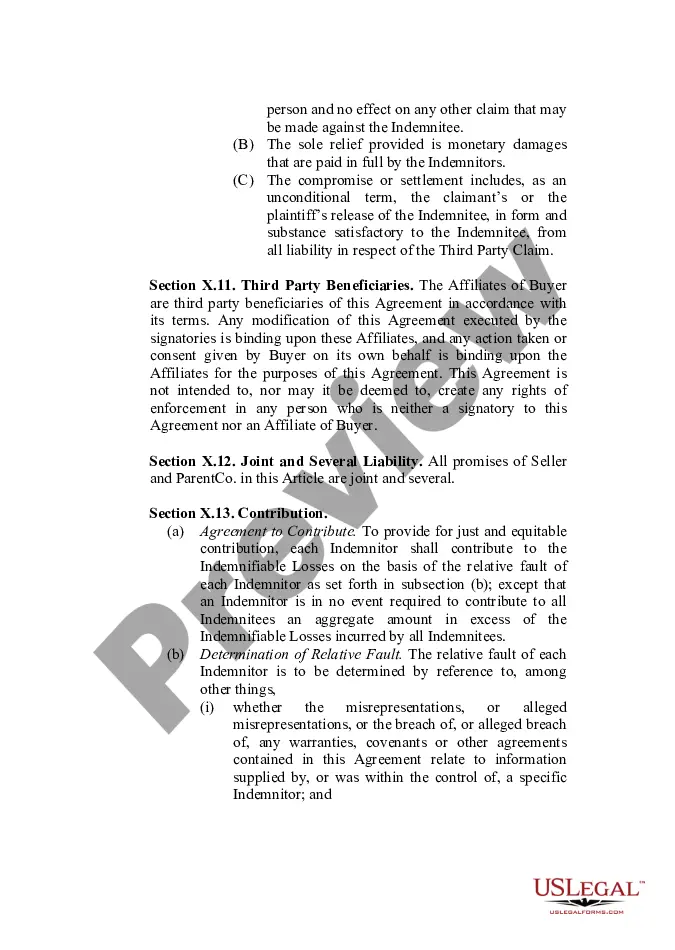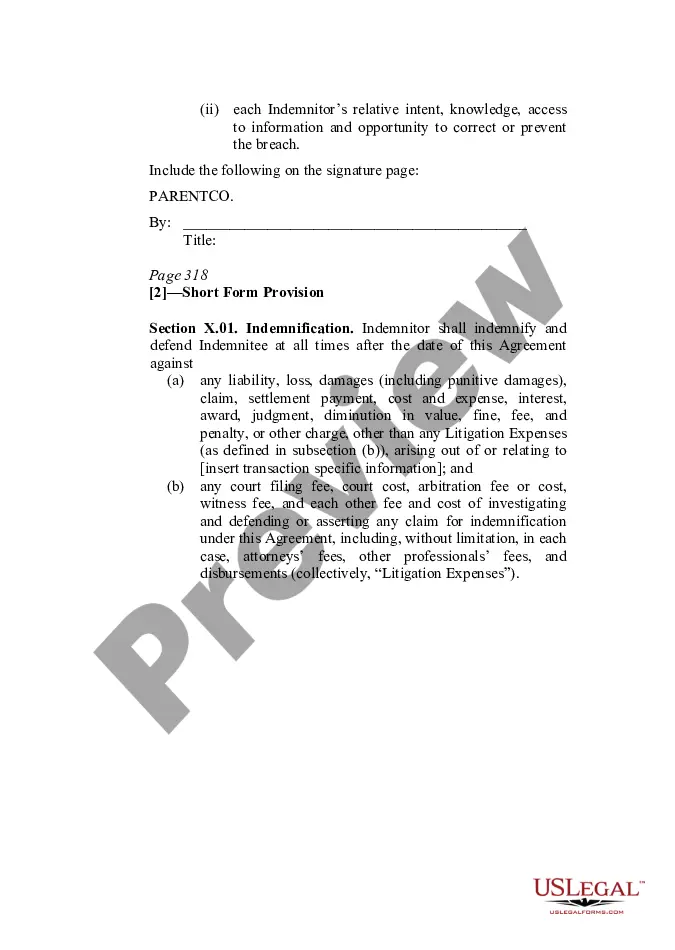This form brings together several boilerplate contract clauses that work together to outline the procedures, restrictions, exclusivity and other aspects of an indemnity provided for under the terms of the contract agreement. Both short and detailed examples are provided to suit individual needs and circumstances.
Connecticut Putting It All Together - Indemnification Provisions
Description
How to fill out Putting It All Together - Indemnification Provisions?
Choosing the right legitimate document template could be a battle. Obviously, there are a variety of layouts available on the net, but how can you find the legitimate form you will need? Utilize the US Legal Forms site. The support offers thousands of layouts, like the Connecticut Putting It All Together - Indemnification Provisions, which you can use for organization and private demands. All the types are checked out by experts and fulfill federal and state demands.
In case you are previously registered, log in for your accounts and click the Obtain button to have the Connecticut Putting It All Together - Indemnification Provisions. Use your accounts to check through the legitimate types you may have ordered formerly. Visit the My Forms tab of your own accounts and obtain one more backup in the document you will need.
In case you are a whole new customer of US Legal Forms, listed below are straightforward recommendations that you should comply with:
- First, make certain you have chosen the proper form for your personal city/area. You are able to check out the shape utilizing the Review button and study the shape explanation to guarantee it will be the best for you.
- If the form will not fulfill your requirements, make use of the Seach industry to obtain the correct form.
- When you are certain the shape is suitable, click the Buy now button to have the form.
- Choose the prices program you want and type in the necessary information and facts. Design your accounts and pay money for your order making use of your PayPal accounts or credit card.
- Pick the data file file format and acquire the legitimate document template for your product.
- Comprehensive, revise and print out and indication the received Connecticut Putting It All Together - Indemnification Provisions.
US Legal Forms is the largest library of legitimate types in which you can see numerous document layouts. Utilize the service to acquire expertly-made papers that comply with express demands.
Form popularity
FAQ
The buyer and seller will then negotiate the 'caps' to these representations; that is, the maximum amount of money the buyer can recoup from the seller if it turns out that these representations are not accurate. Indemnification Caps: Typically, small market transactions have caps equal to 50% of the purchase price.
Each party shall indemnify and hold the other party harmless from all liability, loss, damage and cost arising out of any claims, demands, actions or other proceedings by third parties of any nature (including, but not limited to, attorney fees as and when incurred), to the extent the same arises out of (i) the breach ...
If an indemnity is considered appropriate, when negotiating the indemnity, parties should take into consideration the potential impact of the indemnity on their insurance coverage, their risk of exposure to liability under the contract, and whether any limitations or restrictions should be imposed on the indemnity to ...
Each party shall indemnify the other party from any and all claims, causes of action, suits, damages or demands whatsoever, arising out of any breach of this agreement by the indemnifying party.
Most indemnification provisions require the indemnifying party to "indemnify and hold harmless" the indemnified party for specified liabilities. In practice, these terms are typically paired and interpreted as a unit to mean "indemnity."
In most contracts, an indemnification clause serves to compensate a party for harm or loss arising in connection with the other party's actions or failure to act. The intent is to shift liability away from one party, and on to the indemnifying party.
Indemnifications, or ?hold harmless? provisions, shift risks or potential costs from one party to another. One party to the contract promises to defend and pay costs and expenses of the other if specific circumstances arise (often a claim or dispute with a third party to the contract).
An indemnification clause should clearly define the following elements: who are the indemnifying party and the indemnified party, what are the covered claims or losses, what are the obligations and duties of each party, and what are the exclusions or limitations of the indemnity.

























